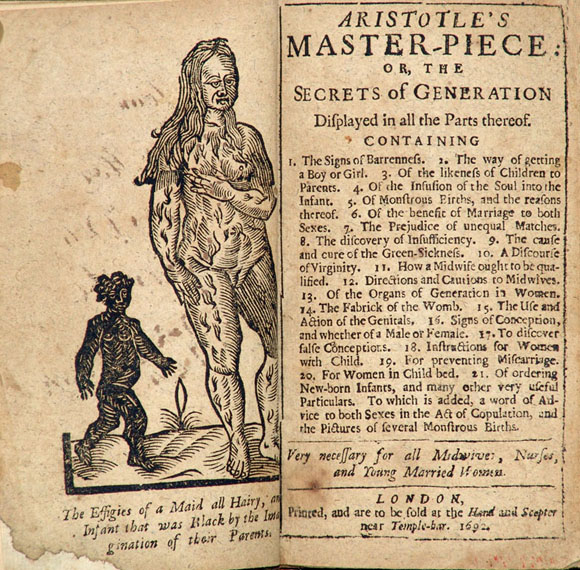![By Another Believer (Own work) [CC BY-SA 3.0 (http://creativecommons.org/licenses/by-sa/3.0)], via Wikimedia Commons](http://www.sexualhistorytour.com/wp-content/uploads/2016/04/Stonewall_Inn_NYC_May_2014_-_2-1024x768.jpg)
By Another Believer (Own work) [CC BY-SA 3.0 (http://creativecommons.org/licenses/by-sa/3.0)], via Wikimedia Commons
In 1969, The Stonewall Inn was a well-known gay bar on Christopher Street in New York City’s Greenwich Village. It was a haven for the poor and extremely marginalized transgender and transvestite community, as well as prostitutes and the homeless. The gay community didn’t have many public places they could go to socialize much less be out about their sexuality. At the time it was illegal, as was serving gay patrons. It was also illegal to dress in clothing not assigned to your gender. You couldn’t even dance without getting arrested. A few bars catered to the community but the police raided them often.
These bars operated without a liquor license, they were denied due to the illegal proclivities of their patrons. The mafia was often involved and a dance of scratching each other’s back would involve payoffs to police to prevent the business from being closed down. Cops would raid the bars, line up patrons to check IDs, send some on their way or others to the waiting police wagon. The cycle would repeat when the bars would reopen the following night. They sent anyone without proper identification or dressed in clothing of the opposite sex to jail. The rule was men couldn’t look like women and women needed at least three pieces of feminine clothing. If rich and influential patrons were found during the raid they were often blackmailed so their little secret didn’t get leaked to the public. Fear kept the community from fighting back but that would not last.
At 1:20am on June 28th, eight police officers lead a surprise raid at The Stonewall Inn. The police would find this raid was not business as usual. Instead of dispersing, people started to gather outside. Inside, the patrons had had enough of the injustice and harassment so they fight back. Tensions rose, as did anger and frustration. Stonewall wasn’t just a gay bar but a safe place for the drag community to gather. Queens and crossdressers weren’t accepted even among the queer community at this time so the raid was a threat to one of their few safe havens. It was also a place that homeless youth under the drinking age, then 18 instead of the modern 21, could hang out for the price of a modest $3 admission. When the Stonewall was raided, they would lose one of the few places they could go to stay warm and safe rather than sleeping out on the streets.
During a raid, usually bar patrons would be line up by the police then either go home or go to jail. This time instead of a few smart mouths and some back talk, the police started getting more resistance. The police decided to arrest most of the 200 people in the bar but there was a glitch. The police wagons had not arrived yet. During the wait, the group got more violent. Outside more people had gathered along with some of the patrons who had been released to go home. Instead of going home they stayed. By the time the arrested bar patrons were being put into police wagons and police cruisers, the crowd had grown tenfold. When a woman was roughed up and hit with a billy club the crowd surged in anger. The crowd pelted the cops with coins, then bottles, even used a broken parking meter as a battering ram. Soon a small-scale riot had started and the Tactical Patrol Force was called in. They would pin the police down as they continued to push forward; efforts to quell the fray were met with even more resistance. The crowd even tried to flip the police wagon and firebomb the Stonewall Inn.
Even after everyone was violently dispersed, people returned from all over the city the next day. One raid turned into a week of protests. For six days there were chants, kicklines, leaflets handed out, and smashed windows. In true 60s protest fashion fire hoses would be used to disperse the crowd. The protests were a call for freedom and “Gay Power.” While things calmed down eventually, a need to take action had begun. A need had been brewing since the beginning of the 60s and was ignited at this West Village bar. The coming year would see big steps forward in the fight for gay rights, the Gay Liberation Front would be formed which would lead to the Gay Activist Alliance. The battle for gay rights had been around before the events at Stonewall. What could have been just another raid at this unlicensed bar turned makeshift community center for the marginalized among the marginalized became a turning point for gay activism. The gay right movement would no longer fight in the shadows but become a loud voice that demanded to be heard.

![By РадужныйФлагКопия2.png: *Rainbow_flag_breeze.jpg: Benson Kua from Toronto, Canada derivative work: Ligth Mehanist (talk) derivative work: Hotshot977 (РадужныйФлагКопия2.png) [CC BY-SA 2.0 (http://creativecommons.org/licenses/by-sa/2.0)], via Wikimedia Commons](http://www.sexualhistorytour.com/wp-content/uploads/2016/05/Prideflagbreeze-extracted-1024x591.png)
![James Gillray [Public domain], via Wikimedia Commons](http://www.sexualhistorytour.com/wp-content/uploads/2016/06/The_graces_in_a_high_wind_by_James_Gillray-1024x748.jpg)

